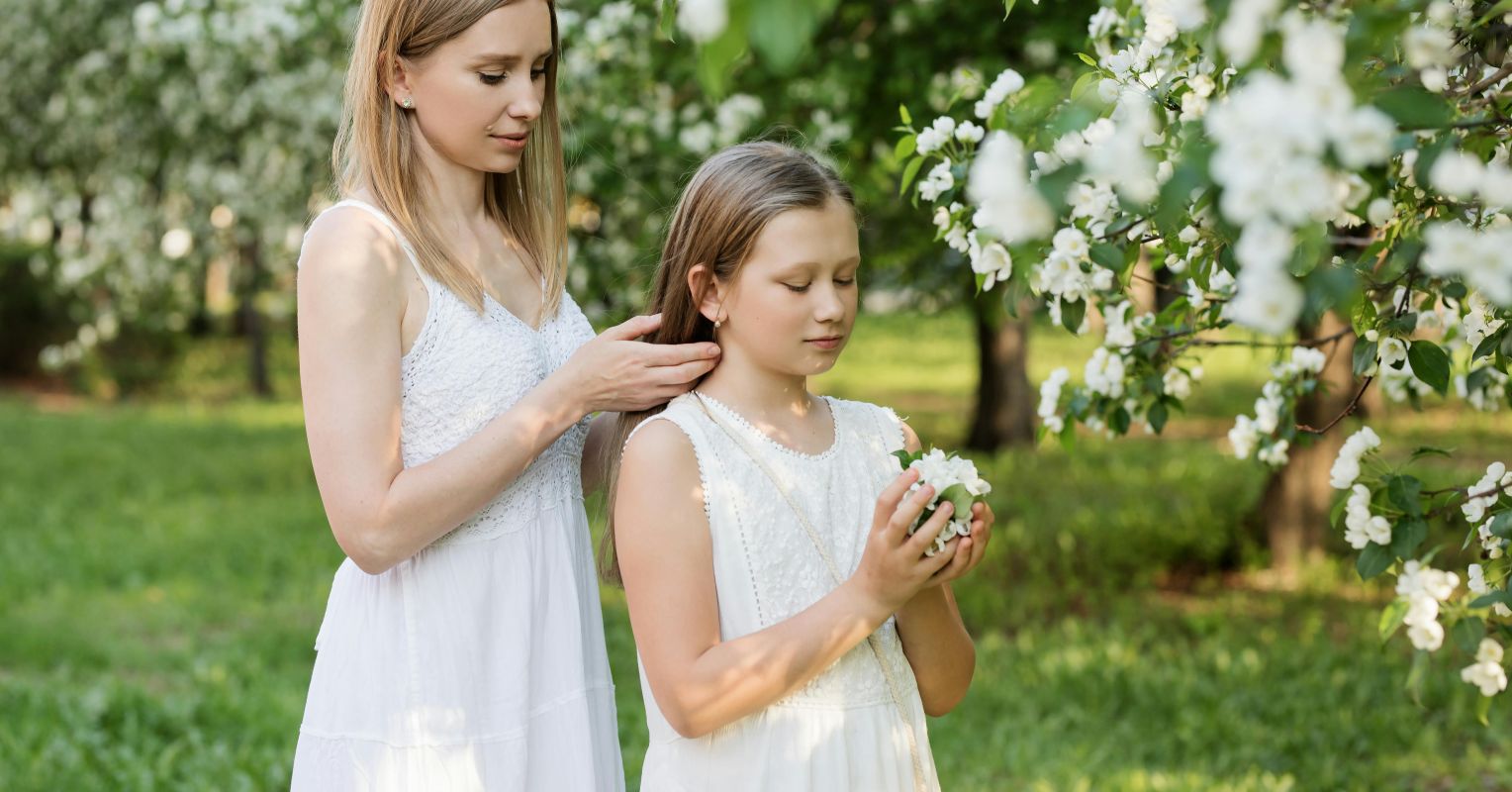The Struggles of Being a Younger Sibling to an Older Sister


Understanding the Characteristics of the Oldest Sister: Insights from Psychology
The dynamics of sibling relationships have long fascinated psychologists and family therapists, particularly when considering the influence of birth order on personality development. Commonly observed traits among oldest sisters—such as assertiveness, a strong sense of responsibility, and, occasionally, controlling behavior—give rise to what has been informally labeled as “Oldest Sister Syndrome.” While this term lacks clinical standing, it encapsulates a suite of behaviors that merit exploration.
The oldest sibling often bears the brunt of parental expectations, thrust into a role that demands leadership and maturity from an early age. As the firstborn, she typically receives undivided attention from her parents, which can foster a deep-seated desire for approval and validation. According to renowned psychologist Alfred Adler, family dynamics significantly shape personality traits, proposing that an individual’s birth order can influence self-perception and social interactions. Adler noted that the transition from being the sole focus of parental attention to sharing that spotlight—often with the arrival of younger siblings—can engender feelings of resentment and rivalry.
Research in developmental psychology has corroborated Adler’s insights regarding the emotional toll on oldest siblings. Many eldest sisters report feelings of being burdened by the responsibility of caregiving, often expressing frustration over perceived lost opportunities for personal freedom during their formative years. This sentiment has been articulated in various studies that highlight how eldest daughters frequently feel compelled to assist with childcare, which can lead to a sense of deprivation in their own childhood experiences.
Moreover, the characteristics that emerge in these eldest daughters can manifest throughout their lives. Traits such as competitiveness and perfectionism may have their roots in early familial interactions where achievement was directly associated with parental praise. This established pattern can propel the oldest sister into a cycle of ongoing competition—not only within her family unit but also in various contexts as she seeks validation.
For parents navigating the complexities of raising an oldest daughter, understanding these dynamics is crucial. Here are several strategies that can promote healthy development and reinforce positive sibling relationships:
1. Recognize Individuality: Make a conscious effort to appreciate your eldest daughter for her unique attributes. Acknowledge her artistic talents or academic achievements beyond her role as a caretaker.
2. Balance Responsibilities: While it is beneficial for children to contribute to household tasks, it is equally important to recognize and thank her for her help. This can foster a sense of appreciation rather than resentment.
3. Foster Sibling Interactions: Encourage positivity in relationships with her siblings by modeling kindness and celebrating her affectionate moments with them.
4. Cultivate One-on-One Time: Occasionally setting aside time solely for your eldest daughter can help affirm her importance in the family structure, independent of her responsibilities.
5. Share Nostalgic Memories: Reminding her of the joy and attention she received as the firstborn may mitigate feelings of competition or inadequacy when compared to her siblings.
By navigating these complexities with empathy and intentionality, parents can help their oldest daughters cultivate a positive self-image and establish healthier family dynamics. Ultimately, understanding the psychological implications of birth order can illuminate pathways for fostering harmonious relationships within the family unit, benefiting all siblings involved.






